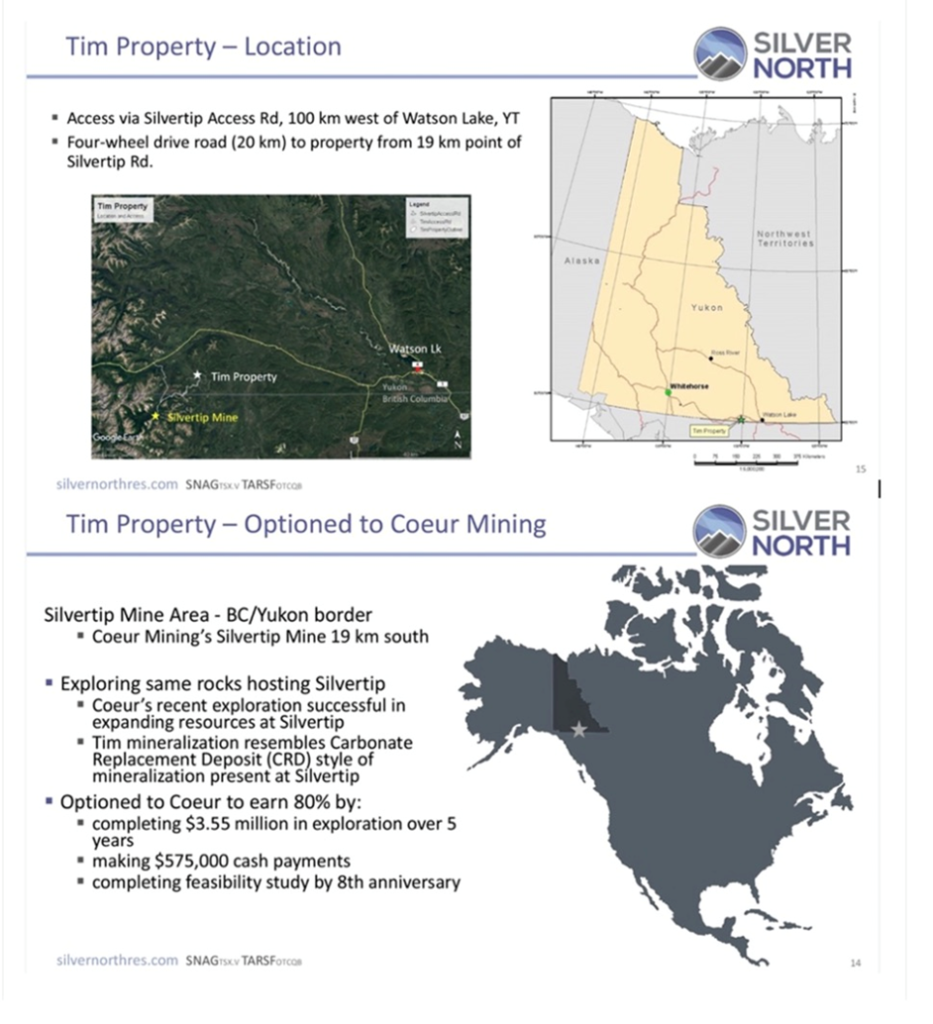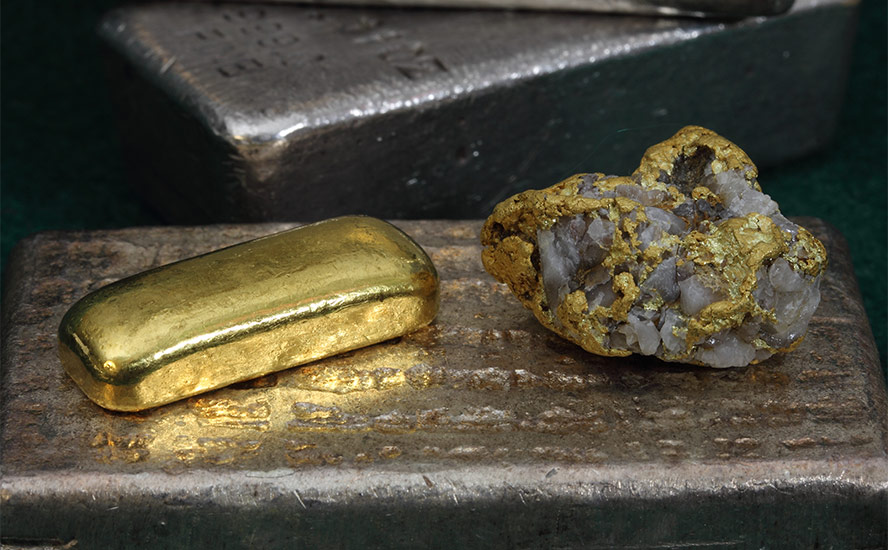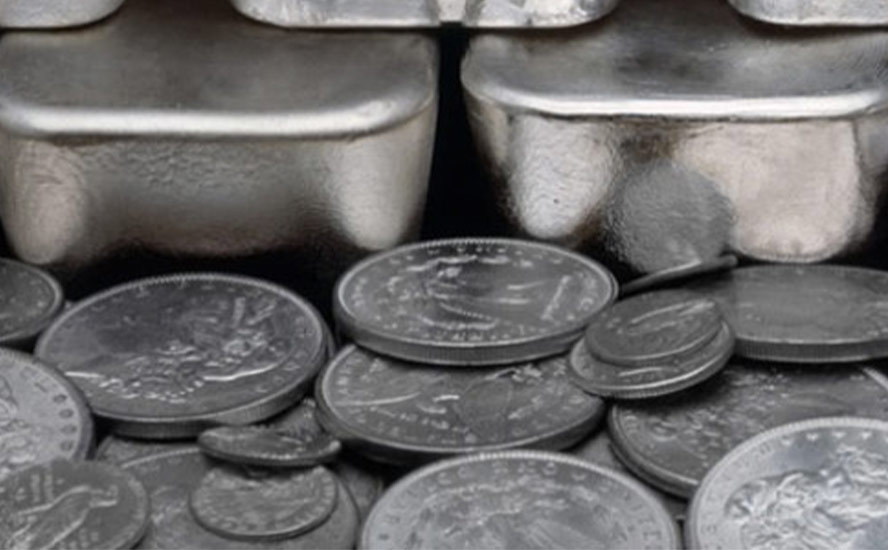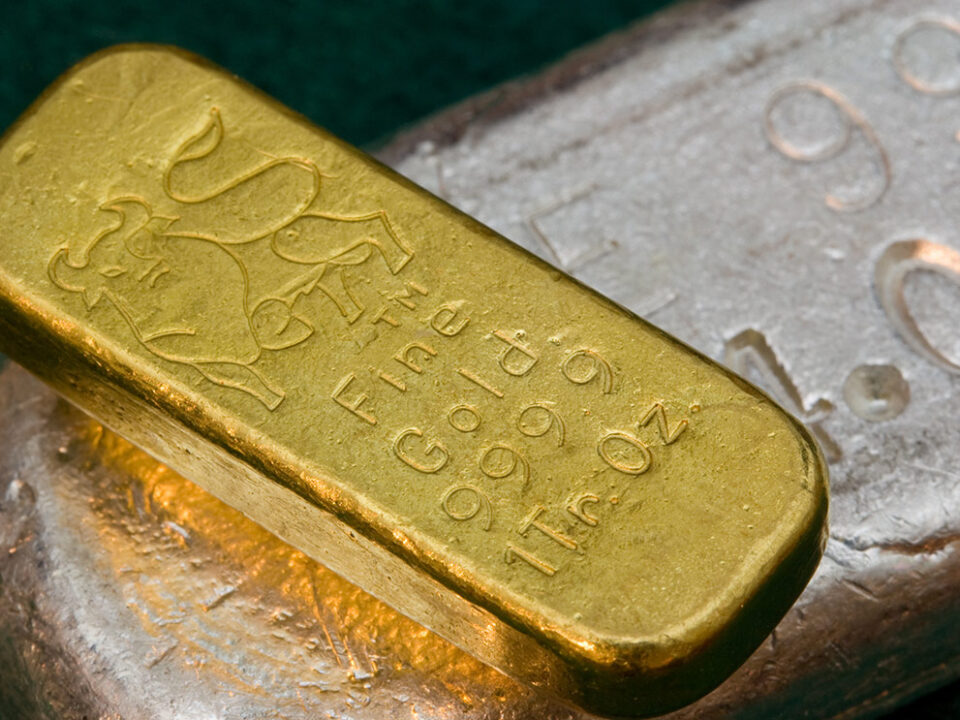Coeur making significant progress at Silver North’s Tim earn-in – Richard Mills
2024.08.22
Silver North Resources (TSXV:SNAG, OTCQB:TARSF) is working with partner Coeur Mining (NYSE:CDE) to develop the Tim property, located on the Yukon side of the Yukon-British Columbia border.
Coeur started drilling at Tim in July The revised plans are now to drill 2,200 meters, targeting silver-lead-zinc Carbonate Replacement Deposit (CRD) mineralization similar to that found at Coeur’s Silvertip property 19 km south of Tim.
A news release Aug. 19 updates drilling progress to date.
Option agreement
Silver North has an option agreement with Coeur, which can earn a 51% interest in the Tim property by spending a minimum $3.15 million on exploration and making cash payments totaling $275,000 by the end of 2026. Coeur must spend at least $700,000 in 2024. Coeur can boost its ownership to 80% by making two additional cash payments of $100,000 in 2027 and 2028, completing a feasibility study, and informing Silver North of its intention to develop a mine at Tim by Dec. 16, 2028.

CRD deposits
Carbonate Replacement Deposits (CRD) are for many geologists their favorite type of deposit because they contain some of the most interesting assemblages of mineralization.
These deposits are also known as high temperature carbonate-hosted gold-lead-zinc deposits because their formation requires high temperatures over 250 degrees C. The orebody is formed by the replacement of sedimentary, usually carbonate rock, by minerals-laden solutions found near a porphyry intrusion.
This replacement process results in the formation of deposits that are remarkably similar in terms of their mineralogy, how the minerals are spread throughout the deposit as well as in the formation of crystals in open space dissolution cavities.
Examples of CRD discoveries based on this model include:
- Bingham Canyon in Utah, a long-running open-pit mine that extracts a huge porphyry copper deposit containing 17 million tonnes of copper, 23 million ounces of gold, 190Moz of silver and 850 million pounds of molybdenum. The Bingham porphyry deposit was surrounded by a series of CRD deposits that were originally mined before the porphyry.
- MAG Silver’s Cinco de Mayo property in Chihuahua state, Mexico.
- Arizona Mining’s Taylor deposit which South 32 bought for $1.8 billion.
- RC Consortium’s Resolution Copper deposit estimated to contain enough copper to produce 40 billion pounds over 40 years. The Resolution Copper Deposit lies beneath a trend of copper-bearing veins and CRD mantos including the Magma mine and Old Dominion mine.
- Newmont’s Penasquito mine in Mexico, which is the fifth largest silver mine in the world @ 17.8 million ounces of gold and 1.08 billion ounces of silver.
Besides their common formation, all CRD deposits are polymetallic, meaning they have various metals in them including precious (gold, silver) and base metals (copper, lead, zinc). The mineralization may extend up to 7 or 8 kilometers from the intrusive stock, the porphyry, and the mineralogy changes as you move out from the hotter core to cooler fringes.
They are especially important for mining because of their large scale and high grades, containing between 10 and 150 million tons of economically mineable minerals. Moreover, they can be closely related and proximal to large porphyry systems.
Unlike deposit types found at surface, which are typically mined in open pits, CRDs’ environmental footprints can be much smaller because of their high-grade nature leading to underground mining.
2024 drilling at Tim
A 2022 program conducted by Coeur to verify previous trench sampling returned 468.1 g/t silver, 21.1% lead, and 0.3% zinc over 4.0 meters from one re-opened trench. Another, located approximately 200 meters along strike, returned 265.0 g/t silver, 6.7% lead and 0.9% zinc over 8.8m.
Both Coeur and Silver North view Tim as a high-priority exploration target as it exhibits similar geological characteristics to Coeur’s Silvertip project.
The 2024 program is conducted under the direction of Coeur’s exploration team based at Silvertip.
At Tim, the drills are targeting the potential for CRD mineralization along over 2,000 meters of strike length. Drilling is targeting both structurally-hosted “chimney-style” mineralization and stratigraphically controlled “manto” mineralization.
According to Silver North, as of Aug. 19, drilling indicates the presence of a CRD system at Tim. Over 1,300m has been completed in four holes.
Drilling at Tim is primarily targeting the Wolf Fault, a northwest striking and steeply southwest dipping structure that parallels the regionally significant Kechika Fault. Large conductivity anomalies defined by SkyTEM airborne geophysical data are associated with the Wolf Fault, as is silver mineralization and/or heavily oxidized fault breccias in historical trenches.
All four holes drilled to date have intersected the strongly oxidized Wolf structure and/or parallel splays of it.
Geological and structural features that have been observed in the drilling to date consist of features that are commonly associated with significant CRD mineralization and have been observed at the Silvertip deposit. Such characteristics include fugitive calcite veining that fluoresces in UV light (displaying the classic “barbeque” pink and orange fluorescence) and re-crystallization of the host limestones. These features suggest that the Wolf Fault target at Tim could be part of a productive CRD system.

Coeur has indicated it is planning to complete six holes for a total of approximately 2,200m. In addition to the drilling, Coeur will also be undertaking two more detailed airborne geophysical surveys over the project consisting of magnetic and radiometric surveys and a Mobile MT survey that has the potential to detect conductive features at greater depths than the recent SkyTEM airborne survey.
Those 200 additional meters of drilling and the addition of two, more detailed airborne geophysical surveys, represent an expansion of the planned 2024 exploration program. The current program is expected to wrap up by early September.
“So, you put all those pieces together that’s what’s really adding up to give us this excitement,” said SNAG’s CEO Jason Weber.
“We are extremely pleased with Coeur’s progress to date at Tim,” stated Rob Duncan, VP Exploration for Silver North after a recent site visit to the Tim property. “Given that the Wolf Fault has been identified in several historic trenches, in the current drill holes and anomalous soil geochemistry over a cumulative strike length of >2 km, we believe that the Tim project displays the necessary characteristics of a potentially productive CRD system. We are eagerly awaiting the analytical results from this program, which are expected to be received in October.”
Conclusion
Having recently visited the site, Weber said he’s impressed with the way Coeur is approaching the exploration. An extra 200 meters at Tim is planned along with two new geophysical surveys to examine the depth of the Wolf fault more closely. The earlier SkyTEM airborne survey doesn’t “see” very deeply, perhaps only 150m down but the new survey could see up to a kilometer in depth.
Coeur has been generous with their time and gracious in sharing information with Silver North’s management team. Weber said it’s clear that Coeur sees Silvertip and Tim as part of the same district.
“I don’t think they are going to make any mining decisions or restart of the [Silvertip] mine decisions until they know what size of mill they want to build and what type of ore they will eventually process,” he said, adding they keep hitting more mineralization at Silvertip.
This certainly bodes well for Tim, whose ore could possibly be used as mill feed.
“They’re thinking big and it’s very refreshing to see,” said Weber.
He added that Coeur’s size allows it to realize cost savings that a junior like Silver North couldn’t, such as commissioning more drilling or new geophysical surveys on the fly that SNAG would have had to raise money for, as well as having mine infrastructure and camp facilities at Silvertip already.
They’re probably doing it twice as efficiently as we could do it,” he said.
Silver North Resources
TSXV:SNAG, OTCQB:TARSF
Cdn$0.10 2024.08.21
Shares Outstanding 43.3m
Market cap Cdn$4.9m
SNAG website
Richard (Rick) Mills
aheadoftheherd.com
subscribe to my free newsletter
Richard does does not own shares of Silver North Resources (TSXV:SNAG). SNAG is a paid advertiser on his site aheadoftheherd.com
This article is issued on behalf of SNAG

Legal Notice / Disclaimer
Ahead of the Herd newsletter, aheadoftheherd.com, hereafter known as AOTH.Please read the entire Disclaimer carefully before you use this website or read the newsletter. If you do not agree to all the AOTH/Richard Mills Disclaimer, do not access/read this website/newsletter/article, or any of its pages. By reading/using this AOTH/Richard Mills website/newsletter/article, and whether you actually read this Disclaimer, you are deemed to have accepted it.
Share Your Insights and Join the Conversation!
When participating in the comments section, please be considerate and respectful to others. Share your insights and opinions thoughtfully, avoiding personal attacks or offensive language. Strive to provide accurate and reliable information by double-checking facts before posting. Constructive discussions help everyone learn and make better decisions. Thank you for contributing positively to our community!


























$SNAG #Silver #CRD $CDE
Gold is seemingly breaking records almost daily. Silver is threatening to bust out. Copper is, despite recent negativity, in a structural supply deficit that is only going to grow. China is threatening more, and tougher, trade restrictions on critical metals.
We live in a finite supply world.
Yet our demand is infinite.
And juniors, the owners of the world’s future mines, cannot get financed, or are doing them at lows we’ve never seen.
I’m going to finance a couple of these Co’s, those with superior, imo, projects. Ones that own their projects 100% and of course have competent management
I’m also looking at (and already own one), juniors that have, very smartly and timely, done recent earn in or JV deasl with a major mining company.
Maybe financing for junior’s will turn around. But those that get financed now, ones w/o already blown out share structures, will have a huge lead in giving their investors what has been historically been the best leverage to rising metal prices – junior’s.
And those junior’s that have a project interesting enough to attract a major’s attention, as an earn in or JV partner, those jr’s whose shareholders will suffer property dilution, not share dilution, will also do well with their senior partners funding exploration & development of any discoveries.
Rick